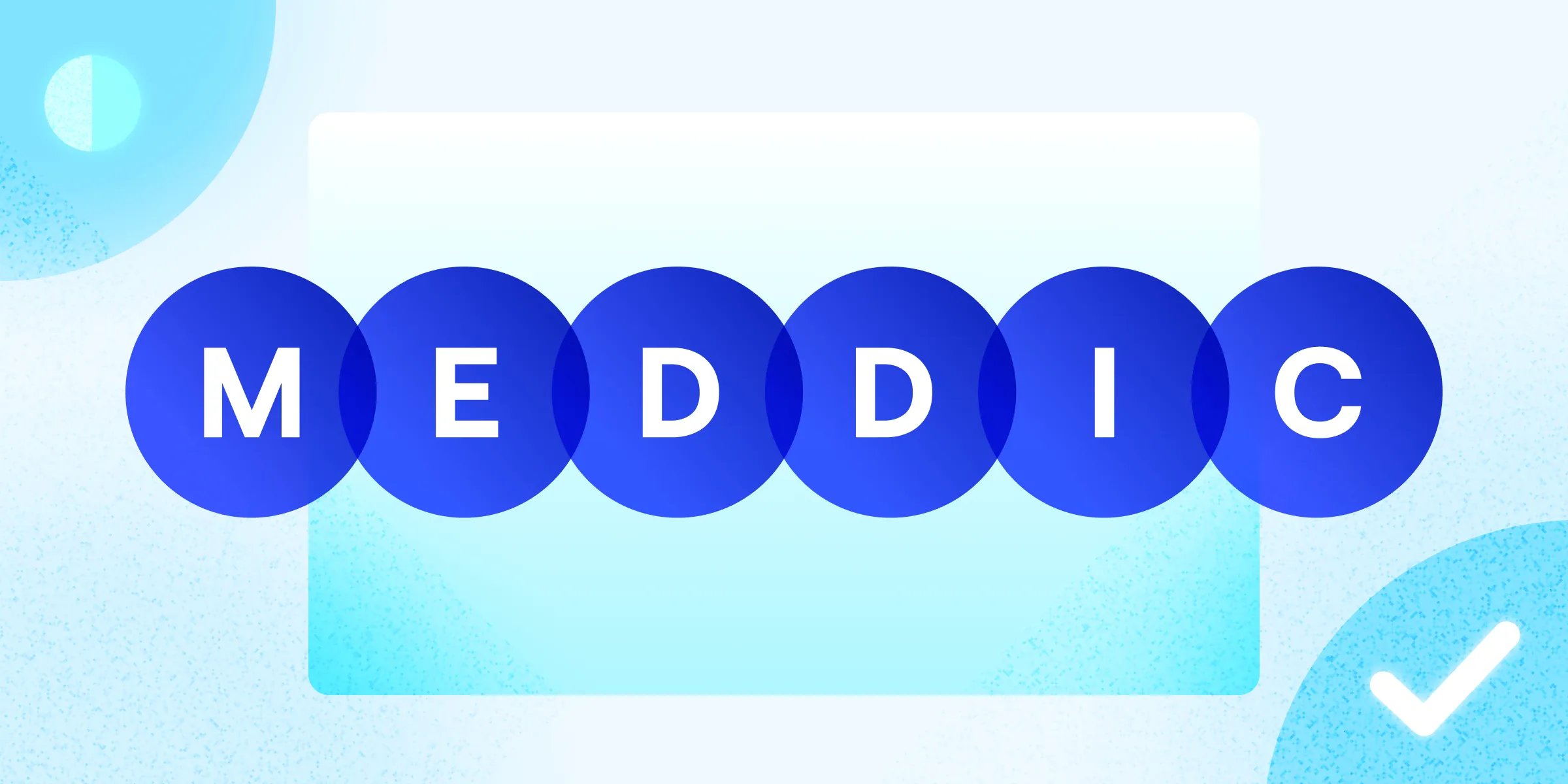Product
TABLE OF CONTENTs
TABLE OF CONTENT
You wouldn’t order dinner from a spreadsheet.
So why send a pricing proposal that reads like one?
Imagine sitting down at a restaurant and the waiter hands you a document labeled “Cost Breakdown – Meal.”
It says:
- Protein: $17
- Bread: $5
- Chef Time: $12
Technically, that’s the price.
But it doesn’t tell you what’s coming—no picture, no dish name, no ambiance. No idea if it’s seared tuna or a sad beige buffet.
That’s what bad pricing proposals do. They focus on the cost, not the buying experience.
A good one helps the buyer see the value—what they’re getting, why it matters, and what’s next. (In other words, it wines and dines.)
This guide will show you how to write a pricing proposal that makes sense, sells your value, and doesn’t feel like a line item receipt.
Pricing proposals vs. pricing quotes
A pricing quote is just the number. A pricing proposal is the story behind it.
Quotes are often bare-bones: maybe a subtotal, taxes, and a note about payment terms.
A pricing proposal, on the other hand, includes that quote, but wraps it in context:
- What’s included?
- What happens when?
- Why does it matter?
It answers not just “how much?” but “what’s this worth?”
Think of your pricing proposal as an informative tool that emphasizes the value of your product. It helps your buyer understand exactly what they’re getting—and gets you one step closer to a signed contract.
What makes your offer so amazing? Why should they choose you over their other options?
What about request for proposal (RFP) responses?
Sometimes, pricing proposals are submitted as part of an RFP response—usually when you’re dealing with big fish like enterprise clients or government contracts, such as those listed on the General Services Administration (GSA) schedule.
In this world, procurement teams want multiple offerors (vendors) to pitch side-by-side, and your proposal becomes a formal bid.
Same goal: win the deal. But different rules: formatting, compliance, and often a whole checklist of must-includes.
What to do before writing your pricing proposal
The impulse is to jump right in and start building the proposal. Resist it.
The best proposals are simply a recap of a deal that has already been won. The document is the formality; the real work happens when you step back and strategize.
Here’s the groundwork to cover first.
1. Revisit the "why": Go beyond your discovery notes
If you had to describe your client’s core business problem back to them in a single, powerful sentence, what would it be?
- What is the emotional driver behind this purchase? (e.g., "They're tired of looking disorganized in front of their leadership.")
- What is the business driver? (e.g., "They're losing 10 hours a week on manual data entry.")
- What does success look like for them? (e.g., "A seamless workflow that impresses their boss and gives them time back for strategic work.")
Your proposal's primary job is to echo this "why" back to them, proving you've truly listened.
2. Architect the solution internally
This is where you move from salesperson to strategist. Based on your deep client knowledge, decide on the final offer.
Keep these three Ps in mind:
- The package: Are you proposing the standard plan, upselling to premium, or creating a custom package?
- The price: Are you throwing in a discount for a longer commitment? And are you showing how the ROI justifies the higher price?
- The people: Who on your team needs to be involved to guarantee a successful delivery?
This is the time to debate pricing and service tiers with your own team, not in front of the customer.
3. Solidify the ROI story
Before you put a number on the page, you must be able to defend it with a clear return on investment.
- What’s the measurable impact? Saved hours, increased revenue, avoided costs? Quantify it.
- Why is this the right investment ? What pain are you solving—and how fast?
This is how you move the conversation from “Can we afford this?” to “Can we afford not to do this?”
How to write a winning pricing proposal
Here’s the specific information every pricing proposal needs to include—and how to structure it for maximum clarity and impact.
To make it real, we’ll walk you through what that looks like using Dock’s Pricing Proposal Template.
Here’s a quick preview of what’s inside:
1. Project overview
Start by summing it up in one clean executive summary.
What’s the goal? What’s the proposed solution? And what’s the outcome you’re driving? This helps every decision-maker who wasn’t on sales calls understand the context before they scroll to the pricing.
With Dock’s multi-page workspaces, you can dedicate an entire tab—like the “Viva Overview” page in the example—for context. It gives your proposal structure, so readers aren’t met with an endless scroll and reduces reading fatigue by breaking content into clean, purposeful sections.

2. Contact details
Lead with a face, not a file.
Use Dock’s contact cards to include your name, title, and contact information right at the top—so your buyer knows who they’re talking to, and who to reach out to with questions.

3. Proof that reinforces value
You’ve shown the “what” and “how much.” Now remind them why with social proof.
Still in the “Overview” page, embed bottom-of-funnel content that builds confidence:
- A relevant case study.
- A short demo video.
- ROI calculations or success metrics.
- Any relevant industry certifications or compliance documentation.
- Customer logos, testimonials, or awards.
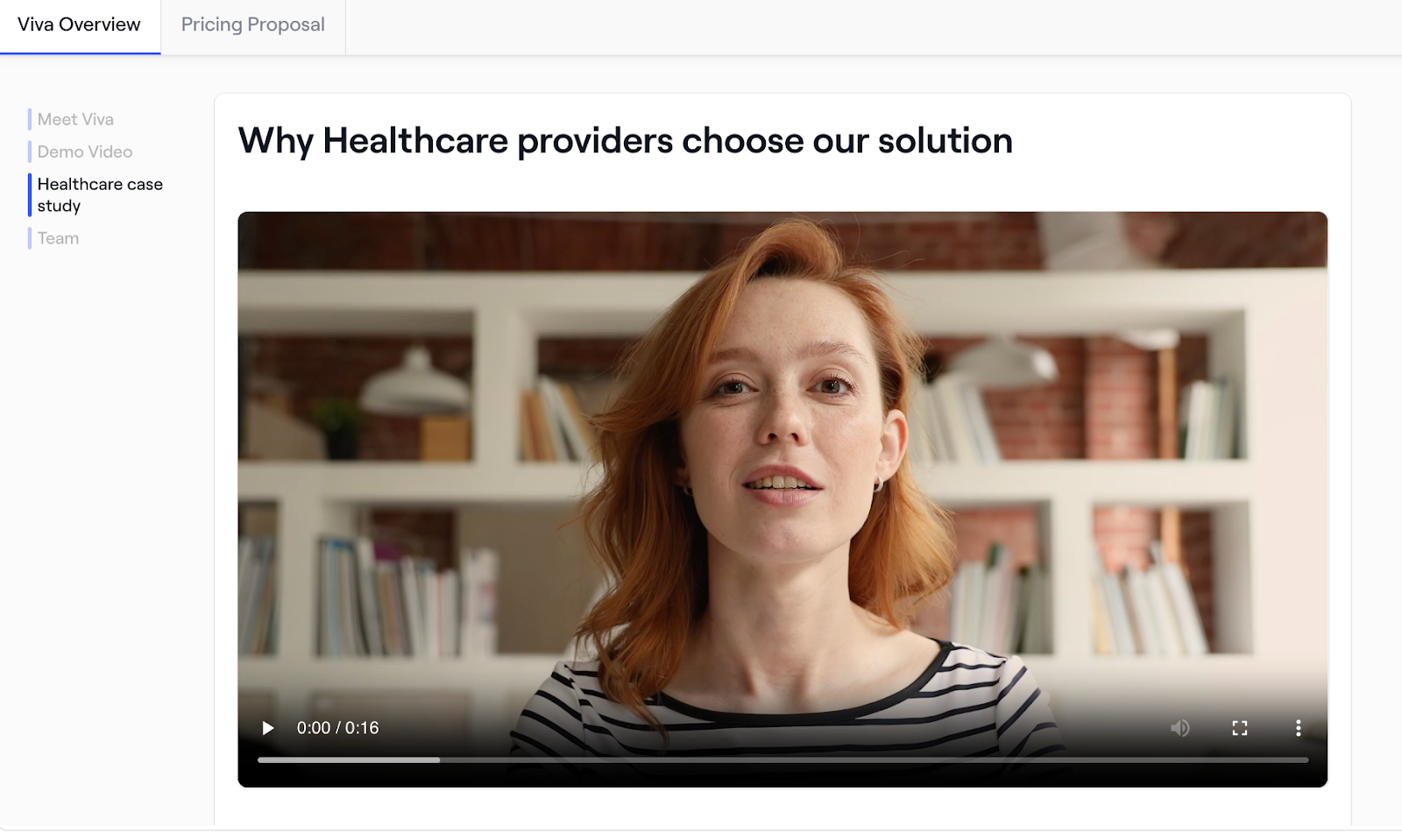
With Dock, you don’t have to attach five extra files in three different channels—just embed them in the same workspace. Everything lives in one link. Everything feels intentional.
4. Pricing options
Give your buyer a choice. Not between “yes” or “no”—but between “this” and “that.”
This is a good option if your product has multiple packages or pricing models. In Dock, you can even flag one as “Recommended” to subtly steer the buyer toward your ideal option.

5. Subtotals, taxes, discounts, and total cost
Lay out exactly what your buyer is getting—and what they’re paying for it. Start with a clear breakdown of your recommended plan: what’s included, how billing works (monthly, annually, usage-based), and any one-time or ongoing costs.
For example, you might charge an $8K implementation fee upfront, plus a monthly per-user rate going forward.
Then, bring it all together:
- Subtotals for each plan or item.
- Any applied discounts or custom terms.
- Taxes or one-time fees, if applicable.
- The final price or total cost—clearly highlighted, not buried.
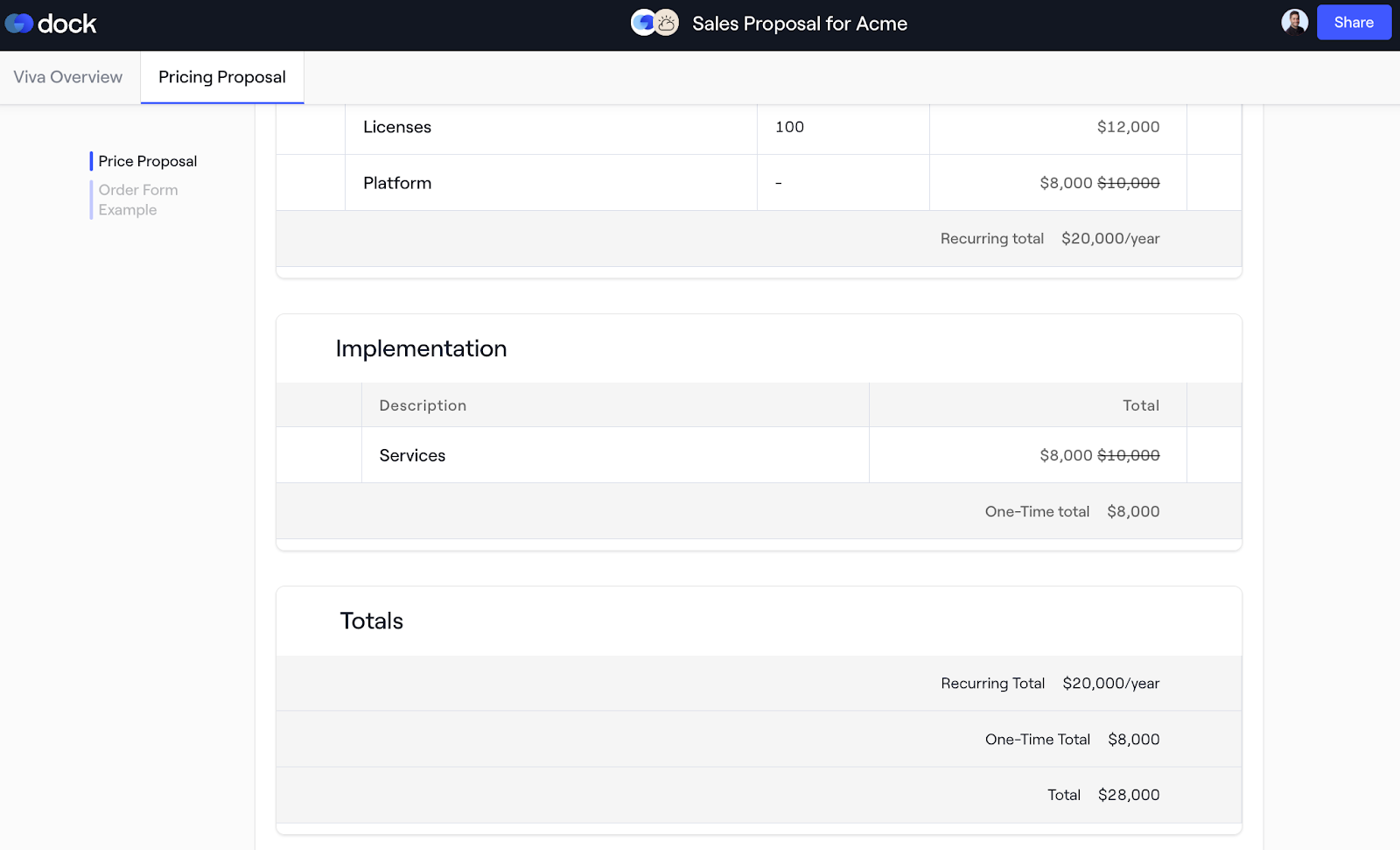
6. Billing terms and fine print
Now that you’ve shown the price, spell out the terms. Keep it brief, but cover the essentials:
- Billing frequency (monthly, quarterly, annual).
- Accepted payment methods.
- Contract start date and renewal cadence.
- Valid-until date for the proposal.
With Dock, you can include a brief summary here and link out to full terms elsewhere in the workspace—so legal doesn’t slow down the scroll.

7. Signable order form
Don’t wait for your buyer to email back asking, “How do we move forward?”
Dock’s order forms use a built-in Dropbox Sign integration, allowing your client to execute the agreement with a single click—right from the proposal workspace.
You can even pre-define approval rules for discounts, contract terms, or deal size, so your team stays aligned behind the scenes while your buyer experiences a smooth, friction-free close.
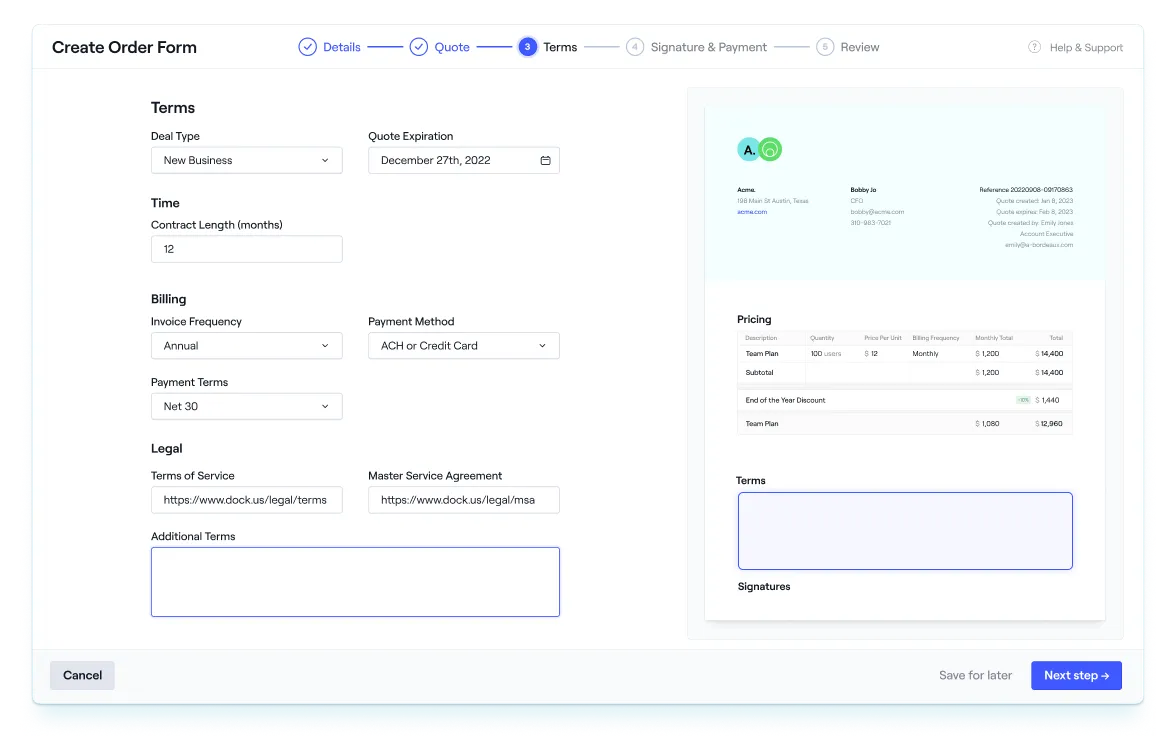
Pricing proposal best practices
Getting the “yes” has less to do with the document you send and more to do with the strategy you run before, during, and after you hit send.
We covered some of the “befores” earlier, but let's get a little more granular.
1. Get a soft “yes” early
There's nothing worse than spending weeks on a deal, finally sending the proposal, and hearing crickets because the price was way out of their league. Never let the proposal be the first time they see a number.
Early on, give them a casual, verbal range to get a soft yes upfront.
“Provide a range in the beginning, using language like ‘typically customers of your size spend around $X-$Y/year for one of our packages’,” says Joey Wright, Head of Sales at Dock.
2. Build the price proposal with your champion
To quote Andy Whyte from MEDDICC: “No champion, no deal.”
You don’t get to be in the room when your buyer champion shares the proposal with the CFO or head of procurement. Your proposal has to do the selling for you.
This is champion enablement: turning the proposal into a toolkit that your internal advocate can use to confidently and effectively make your case.
A huge part of this is clarity. A proposal that's dense, long, or filled with your company's internal jargon is dead on arrival.
- Ask what they need to win internally: Don't guess. Ask directly, "What will your execs care most about—cost savings, implementation time, or specific ROI metrics?"
- Arm them with answers: Turn their feedback into a short FAQ section in your proposal to preempt objections. Ask, "What pushback are you expecting? What are your VPs usually worried about?"
- Keep it short and to the point: Your buyers are busy. A bloated, 30-page document won't get read. Focus on the essential information they need to make a decision.
- Build a strong business case: Show how your solution impacts the metrics that matter—cost reduction, revenue growth, operational efficiency—and tie pricing back to that value.
If your champion feels ownership over the proposal, they’ll advocate harder.
3. Use a mutual action plan to show what happens next
Too many proposals stop at the price. The buyer sees the number, shrugs, and says, “Okay, and then what?”
Answer that in the business proposal for potential clients.
Mutual action plans are simple, embedded timelines that show:
- Key dates: Contract signed, kickoff, onboarding, go-live, etc.
- Responsibilities: Who’s doing what on your team and theirs.
- Dependencies: Legal sign-off, integrations, training, etc.
This gives your buyer confidence that you're not just selling them software or services—you’re leading them through a well-thought-out process.
With Dock, you can drop a visual timeline right below the pricing section. That alone can make your proposal feel like a real partnership.

4. Track what happens after you hit “send”
Proposals don’t close deals on their own. People do. And people leave signals—if you know where to look.
With Dock’s engagement analytics, you get a clear window into buyer behavior, so you can follow up with context, not questions.
Here’s what you can track:
- Views: Get notified the moment someone opens your space or revisits your proposal. No more “just checking in” emails—you’ll know when they’re back in the buying mindset.
- Clicks and downloads: See which links they click, what files they download, and which pricing options get attention. Learn what actually resonates—and what gets ignored.
- Video engagement: If you’ve embedded demo clips or walkthroughs, you’ll know whether they hit play—and how far they watched.
- Comments and uploads: Get email alerts when your buyer drops a comment, uploads a document, or asks a question inside the workspace.
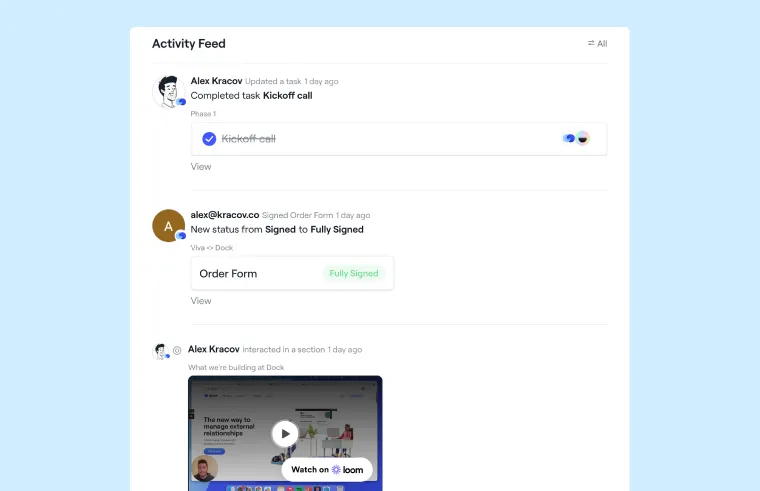
5. Use pricing psychology tactfully
The price on your proposal is just a number, but the way you present it can make all the difference.
You don't need a degree in behavioral economics, but using two simple, honest strategies can make your price feel fair and the decision easier for your buyer.
Price anchoring
The first price a person sees sets the bar for every other price they see afterward. That first number becomes the "anchor" they use to judge value.
How to use it in your pricing proposal: Lead with your premium, all-inclusive package, even if you know they won't buy it. This "Best" option, with every bell and whistle, becomes the price anchor. When you then present your recommended package at a lower price, it looks like a smart, practical investment in comparison, rather than just a high cost.
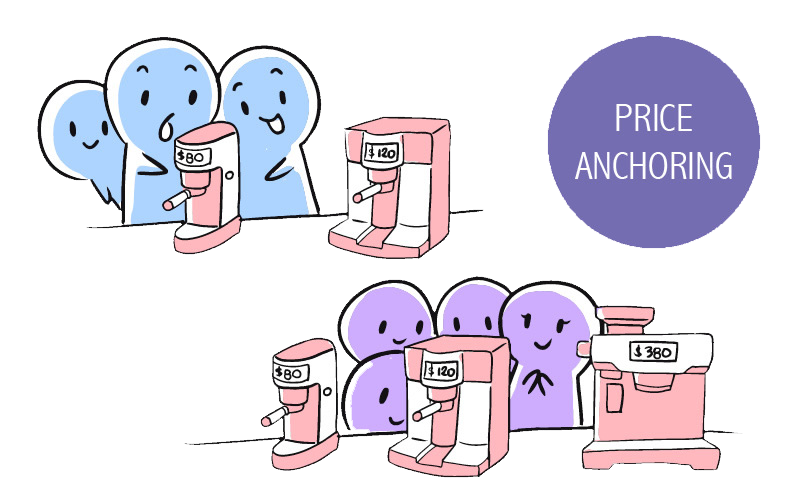
Decoy pricing
This tactic is built on the decoy effect—a psychological phenomenon where introducing a third, clearly worse option makes one of the others look way more attractive.
In his book Predictably Irrational, behavioral economist Dan Ariely shares a now-famous example from The Economist’s old subscription page:
- Web-only: $59
- Print-only: $125
- Web + Print: $125
Print-only and web+print cost the same.
So no surprise—nearly everyone chose the combo. The print-only option wasn’t there to be chosen—it was there to make the web+print bundle feel like a steal.
That’s decoy pricing in action. It doesn’t push—it positions.
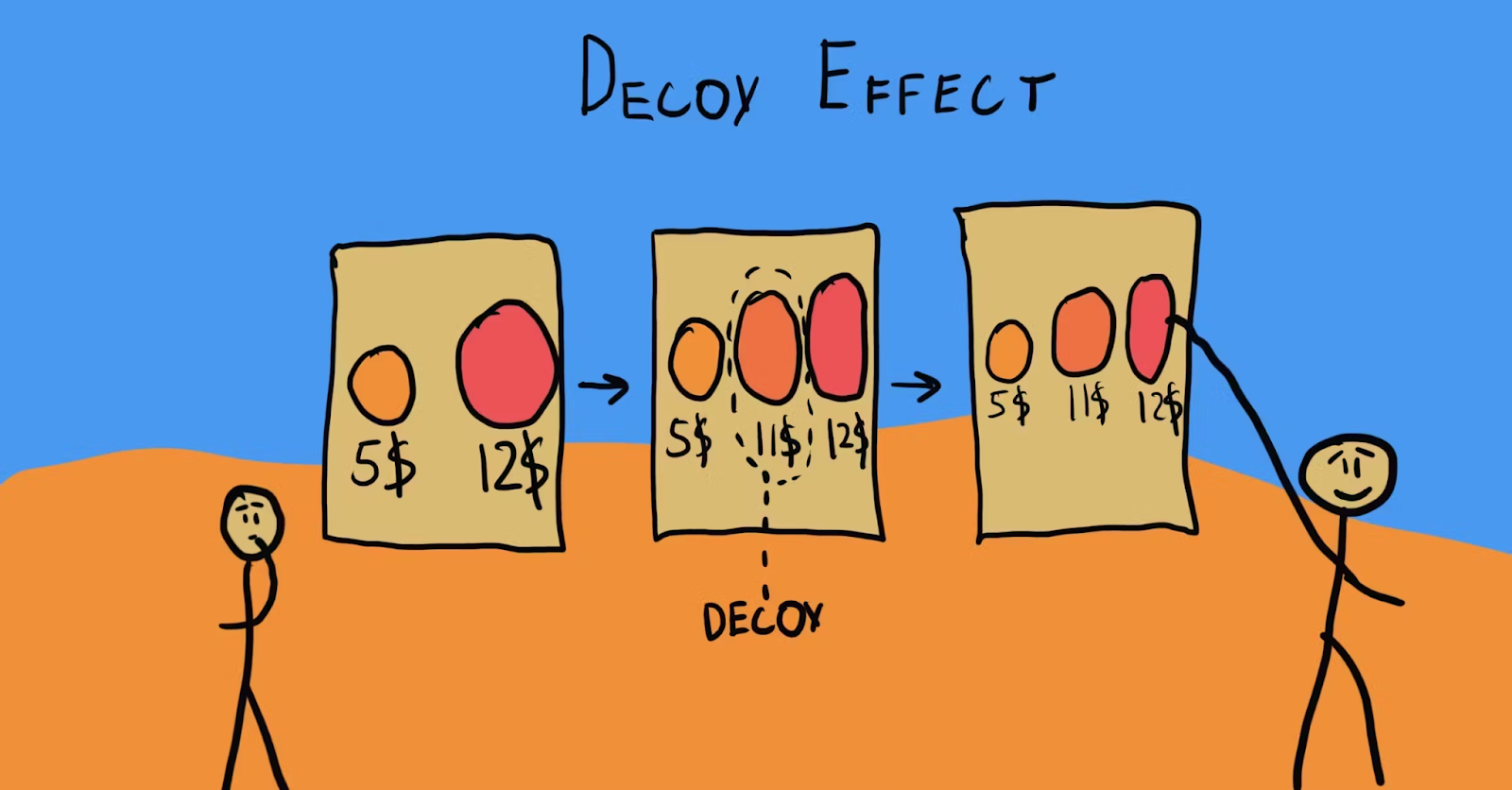
How to use it in your pricing proposal: Use three pricing tiers in your Dock workspace, with the one in the center clearly positioned as the best value, tagged “Recommended,” for example. Make the decoy close in price but low on value to steer the buyer naturally.
6. Build in approval rules to prevent last-minute chaos
If your deals often stall because someone on your side—legal, finance, leadership—raises a flag after the proposal goes out, it’s time to set clear approval rules.
Think of them as bumpers that keep deals from veering off track.
Here’s what to lock down:
- Maximum discount thresholds.
- Who needs to approve multi-year contracts.
- Which legal docs are attached by default.
- Rules for billing terms, start dates, and renewal clauses.
With Dock, you can pre-define these approval rules at the template level. Reps can’t accidentally underprice, skip a required doc, or break your legal playbook because it’s already baked into the proposal flow.
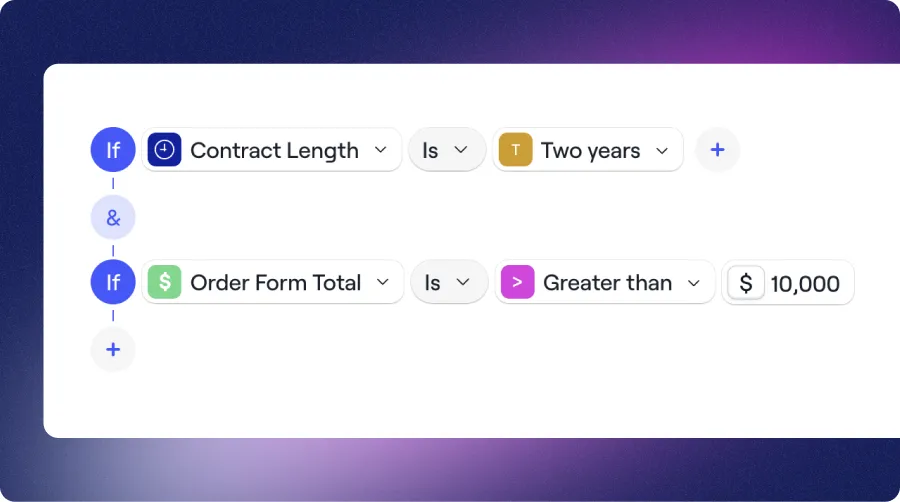
7. Make your business proposal shareable by design
Your proposal will get passed around internally—make sure it holds up without you in the room.
No one wants to download a proposal PDF, a case study PDF, a security doc, and try to find the link to the demo you did last week.
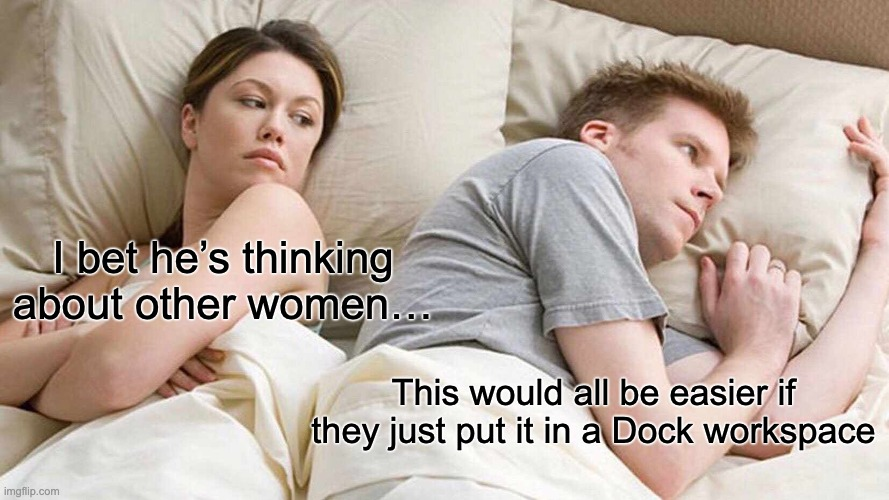
Put everything in one place. Use a tool like Dock to create a single, clean web link where all of that content lives together. (And secure it with a password to protect your information.)
When your proposal is easy to access, easy to understand, and easy to share—it’s also easier to say yes to.
How to price your offer: Pricing strategies
What if you aren’t exactly sure how to price your offer? There are many different pricing strategies you can try out, best-suited to different business models, price points, and products.
Here are a few to consider:
1. Cost-based pricing
Also known as markup pricing, this strategy is most often used for physical goods. The seller calculates how much it costs to produce the item—accounting for all direct costs like raw materials and labor, as well as indirect costs like rent and utilities—then marks it up, often by 100%.
Example: If you’re proposing to provide a set amount of wholesale goods on a recurring basis, you’d probably start with their cost.
2. Demand-based pricing
In this pricing model, the price of a product or service fluctuates in periods of high and low demand. If you’ve ever been shocked at Uber’s super-high ‘surge pricing,’ you’ve seen demand-based pricing in action.
Example: If your agency is near or at capacity, you might take on new work only at a premium price.
3. Competition-based pricing
In highly competitive niches, you’ll want to pay close attention to what other providers are charging and set your rates relative to theirs. That could mean undercutting their rates, positioning yourself as a premium option, or holding close to industry standards.
“Unless you’re offering an uber-bespoke or never-seen-before service, you should be able to find similar services online with pricing you can compare to,” says content agency owner Rebecca Hey. “Don’t be afraid to request quotes if pricing isn’t immediately available online.”
Example: If $20 monthly per user is the standard for your kind of SaaS tool, you could charge $16.50 to gain a competitive edge.
4. Value-based pricing
In this model, what your product costs to produce doesn’t matter—the focus is on how much it adds to your customer’s life. It’s a good fit for products that cost very little to produce, yet offer substantial value.
Example: A bundle of administrative templates for small business owners was only produced once, but can be sold over and over again.
5. Hourly pricing
If your offer is highly dependent on the time you spend working, hourly pricing might be a good option. It’s often used in employer-employee relationships, but it can also be a good way to price products or services if your client is very budget conscious.
Example: A freelance accountant or web designer might offer their clients packages of varying amounts of hours each month.
6. Project-based pricing
If your proposal concerns one specific project—and you want to know exactly what you’ll earn—this could be an excellent strategy. If your proposal concerns one specific project—and you want to know exactly what you’ll earn—this could be an excellent strategy.
You’ll charge one fixed price for the entire project, no matter how long it takes.
This can be a good choice if you work quickly and efficiently but still provide serious value.
Example: A management consultant might charge one project rate to analyze a company’s management structure and suggest how it could be improved.
Pricing proposal tools that actually work
Out in the wild on social media, here’s what a real seller said on Reddit in r/sales:
“The PDF from Salesforce CPQ is what they’ll sign, but presentation of it for a pitch/proposal is dogsh*t. I end up writing a whole email explaining ‘the attached quote,’ line items, discounts…and it sucks.”

This pain is real—and common.
Static documents are slow to update, hard to track, and impossible to personalize at scale. Plus, they don’t exactly scream premium.
There’s none of that 21st-century technology magic: no real-time collaboration, or any way to tell if your buyer actually read the thing.
Modern proposal tools fix that.
They give you a clean, interactive workspace where everything lives in one place—pricing, deliverables, case study docs, ROI proof—everything your client needs to say yes without a dozen follow-up calls.
Here are a few worth knowing:
1. Dock
Best for: SaaS and agency teams building high-conversion, client-facing proposal spaces.
Dock transforms the traditional proposal from a static file into a living, breathing digital sales room. Instead of just sending a price, you invite your prospect into a shared workspace that tells the entire story of your partnership.
You can create a branded, microsite-like experience with a multi-page workspace that contains not only your pricing table and order form, but all the supporting assets the buyer needs to make a decision—in one sales tool.
Once your prospect says “yes,” Dock helps you get signed, sealed, and synced.
Here’s how:
1. Collect signatures without chasing links: No need to bolt on DocuSign.
Your buyer can sign the order form, scope doc, or contract right inside Dock. One click. One tab. Done.
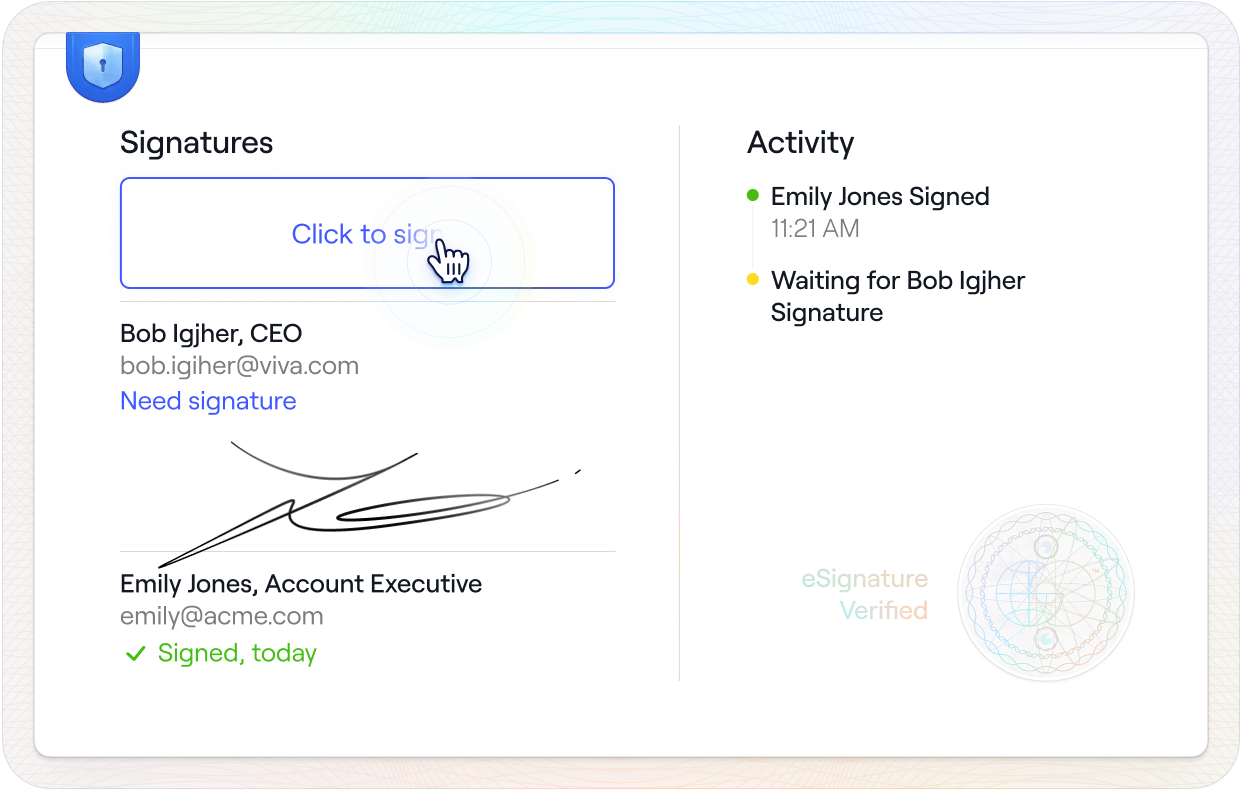
2. Check engagement analytics: Dock tracks order form views, shares, and signatures in real time. You get notified the second someone opens your proposal or forwards it to a decision-maker—so you can follow up with perfect timing.
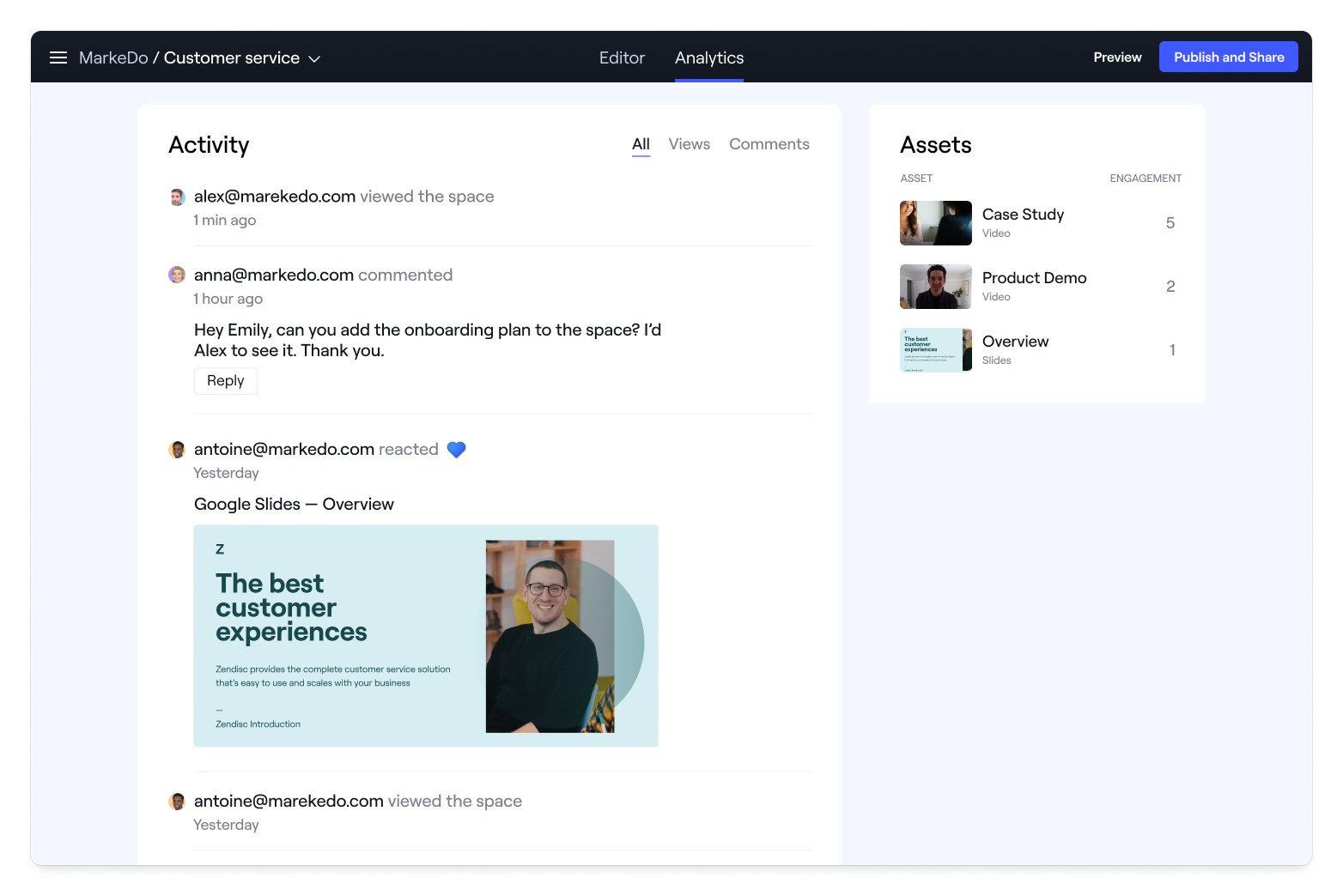
3. Build sign-able order forms in a few clicks: Dock’s intuitive quote builder lets reps spin up ready-to-sign proposals fast. Start with a template, pull in CRM data automatically, adjust line items, apply discounts, add redlines—whatever the deal needs.

4. Standardize everything behind the scenes: Dock lets you pre-define your product library, deal terms, and approval workflows. You can preload standard contracts, set rules for discounts or contract lengths, and sync everything back to your CRM automatically. Your team stays aligned. Your deals stay clean. And you stay out of the approval ping-pong match.
Get our free Pricing Proposal Template here.
2. DealHub
Best for: Enterprise sales teams juggling complex pricing logic, approvals, and RevOps workflows.
DealHub is a full-featured CPQ platform that helps large sales orgs streamline quote creation and automate deal desk approvals. It’s great when your pricing isn’t just one number, but a matrix of variables across geographies, roles, usage tiers, and contract lengths. It also integrates well with CRMs like Salesforce and HubSpot.
3. RFPIO
Best for: Teams that regularly respond to formal RFPs and need to stay compliant.
RFPIO specializes in RFP response automation—pulling pre-approved content into structured, formatted proposals that meet procurement team standards. It’s ideal for companies in tightly regulated industries or anyone dealing with legal, IT, or finance-led vendor selection processes.
RFPIO also supports multi-user collaboration so you’re not piecing together answers in a panic the night before it’s due.
Create a winning pricing proposal with Dock
Done well, a pricing proposal gives your buyer everything they need to say yes—without hunting through email threads or asking what “Line Item 3b” actually means.
Dock makes that easy.
Instead of dumping a PDF into someone’s inbox and hoping for the best, you send a fully branded, white-labeled workspace that looks and feels like a premium experience.
One link. One place. One clean path to a signed deal.
👉 Try Dock’s Pricing Proposal Template now, or
👉 Sign up for Dock for free. Your first 50 workspaces are free.
And if you’re hunting for more business proposal templates to build a repeatable, standardized sales playbook, we've got plug-and-play templates for just about every kind of deal:
- Dock’s Sales Proposal Template: Great for moving deals forward with clear value breakdowns.
- Dock’s Digital Marketing Proposal Template: Perfect for pitching campaigns or retainer services.
- Dock’s Design Proposal Template: For scoping creative projects without confusion.
👉 Want more templates? Check out our proposal template library flush with 14 plug-and-play proposal templates that are easy to customize, easy to share, and actually enjoyable to open.



























.webp)



